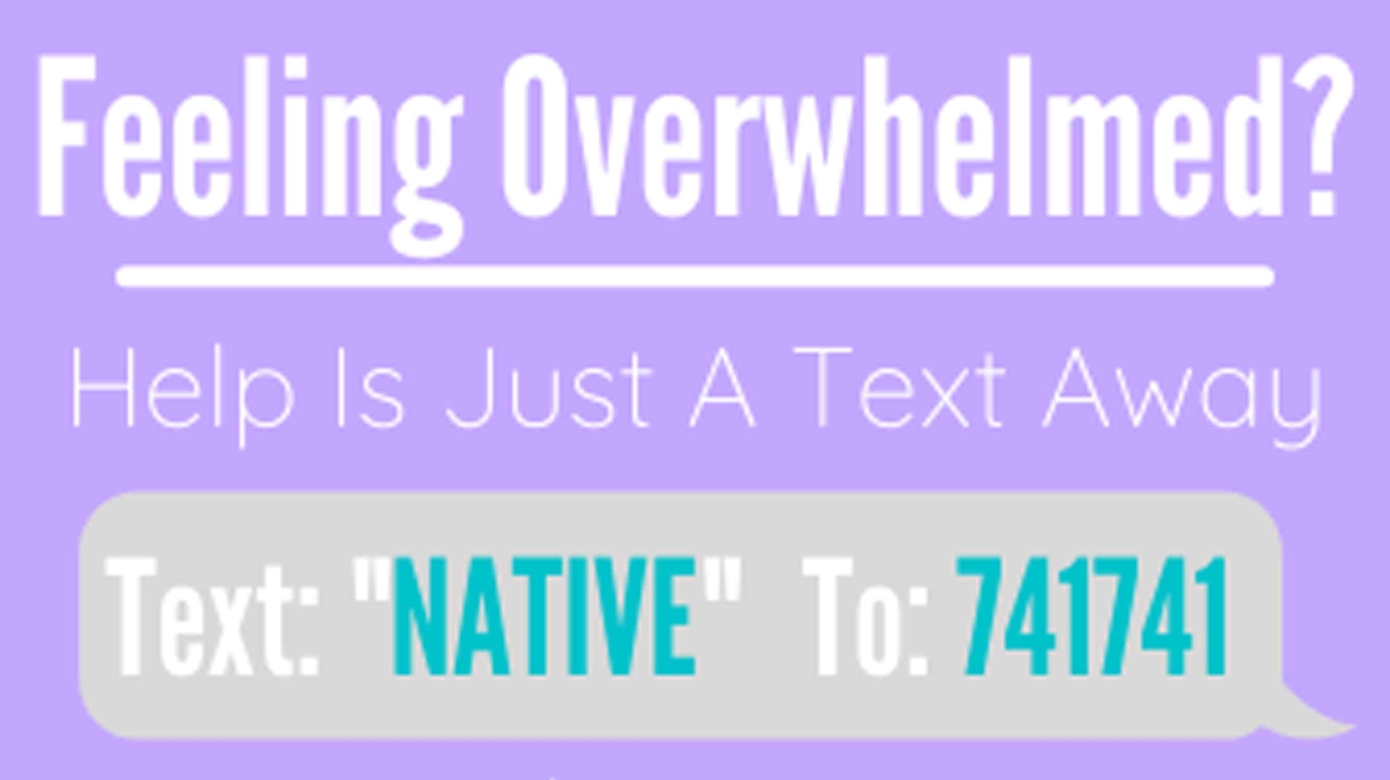By Kayla Woody, House of Hope DVPI Prevention Specialist
As social creatures, we seek out every opportunity to connect with people around us. Technology is one of the most important forms of communication for couples all over the globe, and it has changed how we experience love, intimacy and connection. Without technology, most couples would have never had the chance to meet one another. Constant digital communication is becoming a necessity for partners, but is this simply convenience or control?
In a healthy relationship, all communication is respectful, whether in person or through technology. However, with unhealthy relationships, communication can be extremely dangerous, and technology can act as gasoline on the fire.
There are many forms of abuse in unhealthy relationships, but digital abuse is becoming increasingly common, especially with teens and young adults. It can also contribute to the escalation of other types of abuse. Digital abuse is the use of technology, such as texting and social networking, to bully, harass, stalk, or intimidate a partner. It can also be used as a form of emotional and verbal abuse that is committed online. This, like other forms, does not discriminate.
According to Data & Society Research Institute, “Men and women experience intimate partner digital abuse at equal rates, and 38 percent of individuals that identify as LGB have experienced digital abuse, compared with 10 percent of heterosexual individuals.”
Knowing what digital abuse looks like can encourage victims to set boundaries, end the relationship and even seek resources for assistance. Awareness of the situation is the first step to ending the violence. Here are some signs to look for:
- Your partner sends or posts negative, insulting or threatening messages directed toward you.
- Your partner tries to control who you interact with online.
- Your partner tries to get you to post content that you are uncomfortable with.
- Your partner uses tracking apps to keep tabs on your location.
- Your partner sends you unwanted sexual pictures, sends pictures of you without your permission or insists you send them pictures.
- Your partner steals or demands to be given your password.
- Your partner constantly uses social media to keep an eye on what you are doing.
- Your partner repetitively calls, texts and messages you.
Of these behaviors, intrusive monitoring is the most common of perpetrators. A University of Florida poll conducted in 2013 revealed that 20 percent of young people in relationships stated they had experienced monitoring by a partner.
These types of behaviors are never appropriate. Being in a romantic relationship does not require any individual to share passwords, provide current locations or send anything that makes them feel uncomfortable. It may seem romantic if one partner is intensely interested in communicating or seeing the other partner, but these types of behaviors can quickly turn into coercive control and harassment.
Fortunately, there are steps to take to keep yourself safe. It is never too late to establish boundaries. Here are some safety planning tips to help get you started:
- Save or document any threatening messages, photos, videos or voicemails you have received as evidence.
- Be careful with sending pictures or messages you do not want others to see. Once you share a post or message, it is no longer in your control. Be mindful that an abusive partner may save or forward anything you share.
- Know and understand privacy settings. Social media often has customizable privacy settings that allow you to control who tags you in photos, who can send you messages or friend requests, and allows you to block other users on the site.
- Be mindful when checking in online, either by sharing your location in a post or posting a photo with a distinguishable background. Ask friends to get your consent before posting a photo or tagging your location online.
- Avoid contact with the person who is abusing or harassing you in the ways you can. Consider changing your phone number or your name on social media if the harassment doesn’t stop.
- Use alternative methods to access supportive resources. You can visit your local library or community center to access online websites like the National Domestic Violence Hotline, which offers a chat service.
Dealing with an unhealthy relationship can be extremely discouraging and seem impossible most of the time. However, the House of Hope is always here to assist any individual and provide support to help ensure your safety on and offline.
If you or someone you know is experiencing intimate partner violence, stalking, and/or sexual assault and would like more information, please contact the House of Hope at 405-275-3176 or visit us online at facebook.com/cpnhouseofhope.

